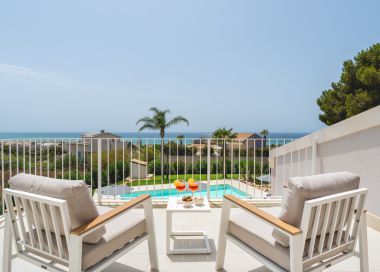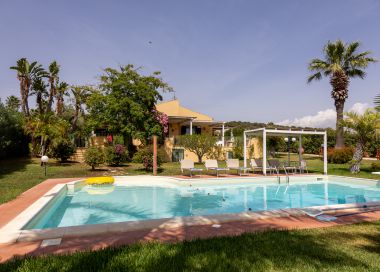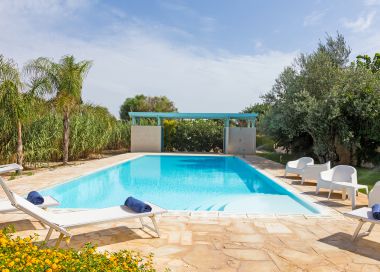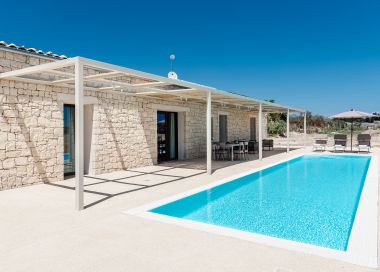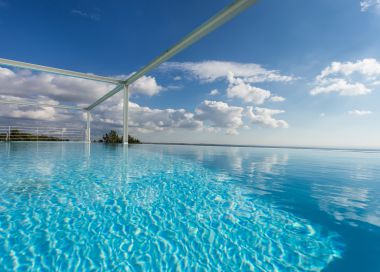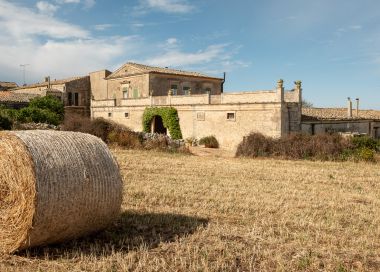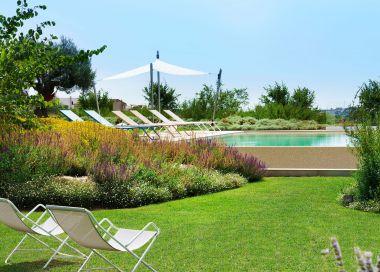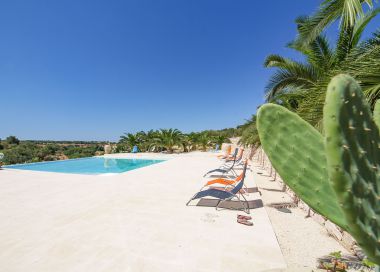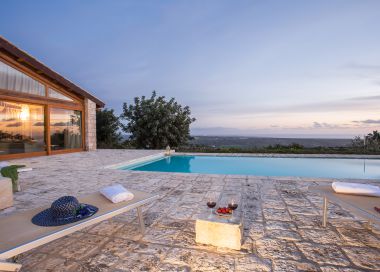Modica
Modica, the City of Theatre
"The village was a theatre, a proscenium of pink stone, a feast of wonders. It is like the scent of jasmine at dusk. I can never cease to talk about it, to return to it to view myself in such a tender, distant mirage.." This is how the famous Italian write Gesualdo Bufalino describes the city of Modica in his book "I Sogni della Memoria". This is how the city presents itself to the visitor when viewed from the plateau, almost as if you were viewing it from a private box in an enormous open-air theatre. Modica is located in deep canyons carved out of the rock by the rivers which traverse the valley. Until the early part of the 20th Century the "Modicano" river flowed through the valley and in the 18th and 19th Centuries the river powered 20 water mills in the area. During this period 17 bridges were constructed and for this reason the area is often referred to as the Venice of the South. Another typical feature of Modica is the position of many of the houses in the old part of the city, constructed one on top of the other. Many of these houses are extensions of ancient grottoes inhabited since pre-historic times. There are around 700 grottoes that have been used or lived in or used at some time or another. Some are still on open view and others have been incorporated into new buildings. Of significant historical importance is the Necropolis of Quartiriccio in the Vignazza district of the historic centre. The necropolis contains several dozen tombs carved out of the rocks dating back to 2200 B.C. and remains in excellent condition. The urban fabric which clings to the two sides of the valley and to the hillside of Pizzo is a mass of small houses, tiny streets and long stairways. Here churches are not usually located in squares but face onto imposing and magnificent flights of steps. The predominant style of the architecture of the monuments in the city is what is commonly referred to as late Baroque. The presence of numerous churches, aristocratic residences and monuments of historic importance led to the classification of the city as a UNESCO World Heritage Site. Of particular significance are the Duomo di San Giorgio, the undisputed symbol of Sicilian Baroque, the Duomo di San Pietro, the Chiesa di San Giovanni Evangelista, the Castello dei Conti di Modica, a fortified garrison, military base and prison which for centuries represented the seat of political and administrative power for the Counts of Modica and subsqeuently for the Governor of the city, the Palazzo della cultura, a former Benedictine monastery, the Palazzo degli Studi and the Teatro Garibaldi. Today Modica has become an elite tourist destination and many artists and architects, both Italian and foreign, have decided to move their base to the city attracted by its charm and by its hidden caverns. Modica has numerous top class hotels and restaurants which feature in some of the best guide books. The city is also famous for its chocolate which has been produced here since the Arab occupation and whose recipe remains, in part, a secret. Every year for the past few years a festival dedicated to this precious commodity, Eurochocolate, takes place between April and May.
Modica is around 20 minutes by car from Ragusa and 1 hour and 20 miknutes from Syracuse.
Modica is around 20 minutes by car from Ragusa and 1 hour and 20 miknutes from Syracuse.







